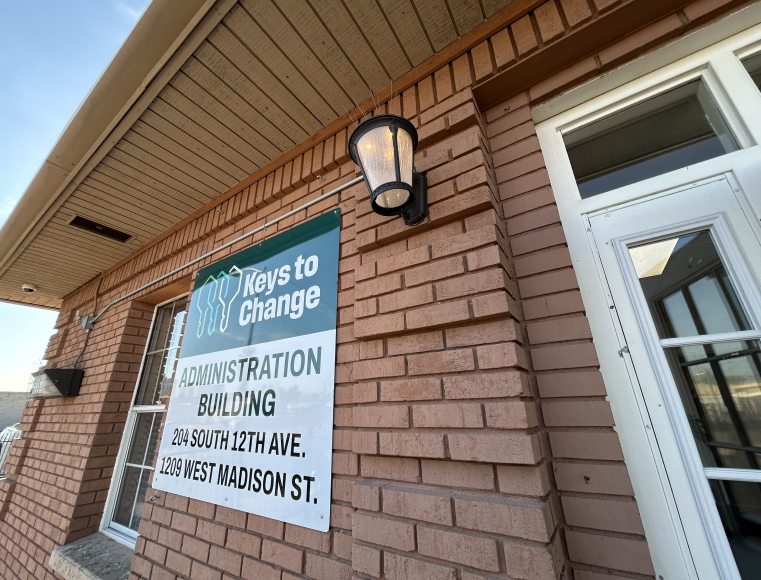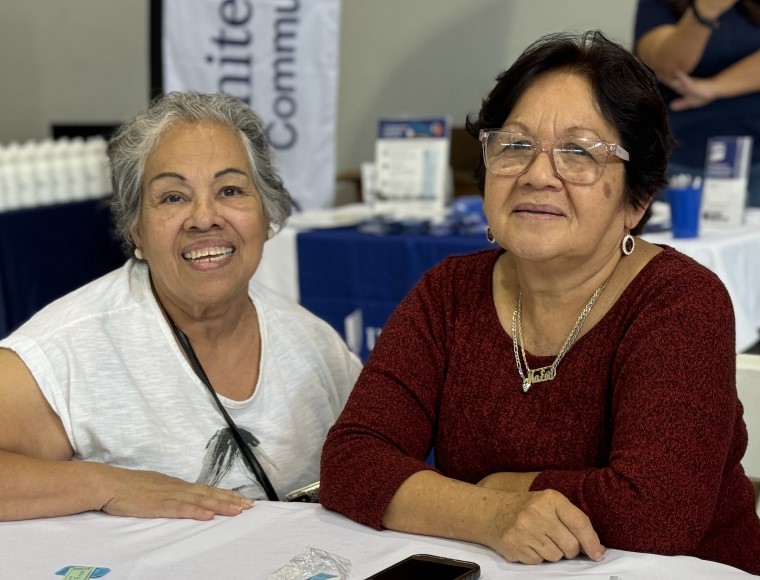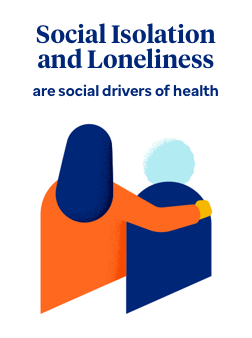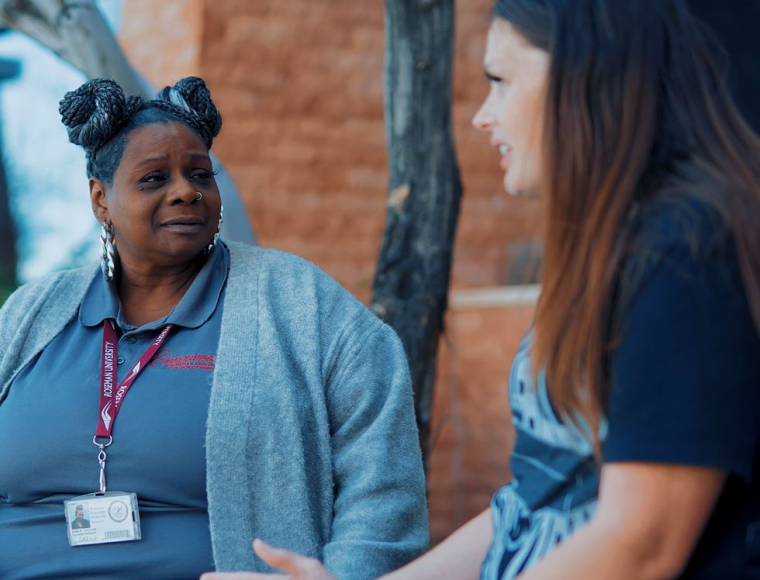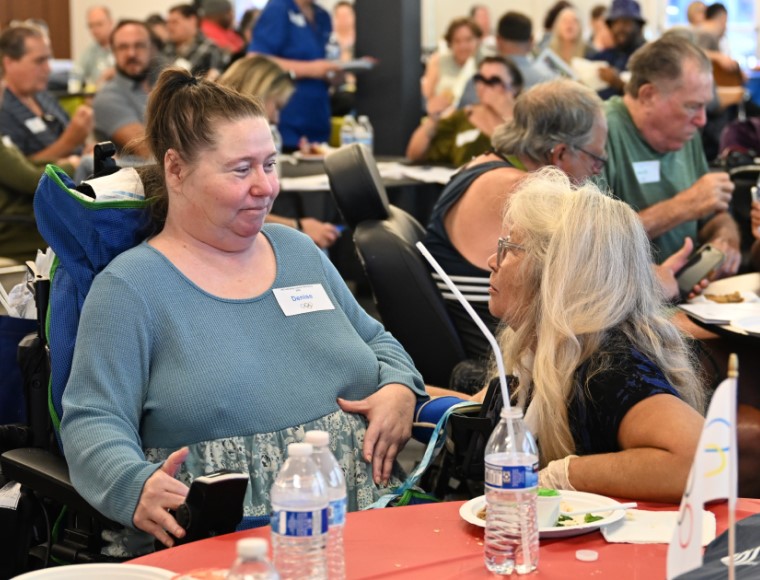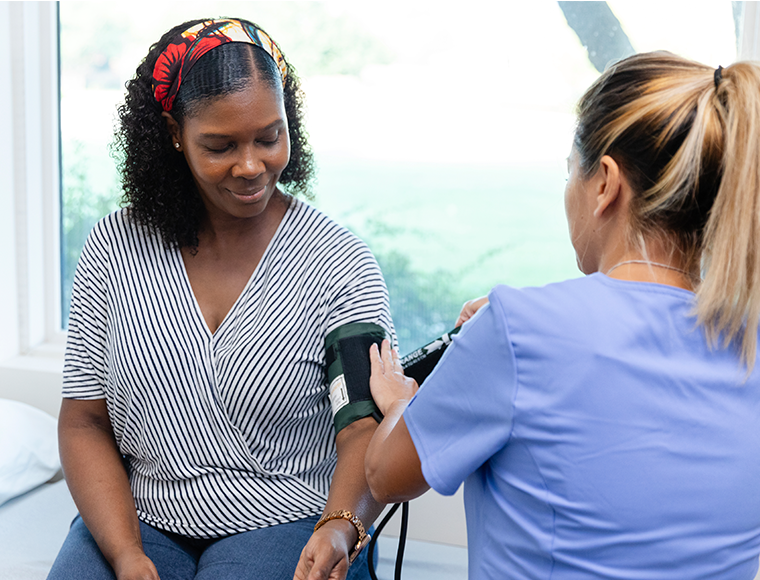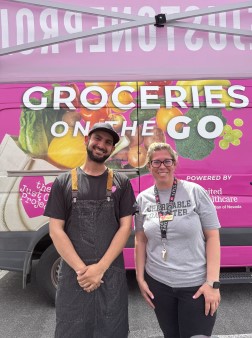UnitedHealthcare Community Plan of Nebraska is committed to being a leader in re-housing interventions for individuals experiencing homelessness. To provide whole-person health, we work with community-based organizations that are embedded in homeless shelters and experienced in providing assessments, screenings and access to care within the shelter environment. Since 2019, we’ve collaborated with Together Omaha to reach members who are experiencing homelessness and to ensure they receive comprehensive support to address their housing needs.
With Tina Murray of Together Omaha, I recently participated in “Collaboration Across Systems of Care,” a panel at the 9th Annual Iowa/Nebraska Peer-to-Peer Homeless Symposium in Des Moines, Iowa. The symposium, hosted by the Iowa and Nebraska field offices of the U.S. Department of Housing and Urban Development and other local partners, focused on how partnerships across a system of care can help ensure that people experiencing homelessness have access to all possible housing opportunities. The panel discussed collaborations with health care organizations, public housing authorities, landlords and property owners. It also shared ideas to overcome barriers to care that have been identified by our members.
A new model of care to address homelessness
Since 2016, UnitedHealthcare Community Plan of Nebraska has worked to build a model of care to support members’ housing needs by investing directly in housing interventions. After an initial housing pilot from 2016 to 2018, we developed and deployed a risk stratification tool to help us identify a cohort of members and clients with high-acuity needs who were also experiencing homelessness. Using elements from the Substance Abuse and Mental Health Services Administration’s High-Fidelity Wraparound Housing model, we were better able to comprehensively support members’ housing needs. The wraparound services included programs that centered on a member’s self-sufficiency.
Our collaboration with Together Omaha aims to advance our Housing 2.0 model, which emphasizes the need for other housing assistance supports and to address social drivers of health, including food security and financial education. Together Omaha practices trauma-informed care, which emphasizes meeting members where they are and having members identify their own health goals. This model establishes an ongoing relationship versus working on an episodic basis to ensure that members have continuous access to resources, programming and services.
Working with a housing services provider like Together Omaha and having access to improved data and evaluation in collaboration with the state has helped us find permanent housing solutions and end homelessness for clients and members. Our insights and data help inform the state’s housing programming and benefits. Additionally, our work with community organizations, community clinics and FQHCs helps us reach members, address social drivers of health and reduce health disparities in our communities.
Addressing barriers to care and connection
During the panel, we shared some of the barriers to providing care we’ve encountered while developing our housing intervention program and how we’ve worked to address them.
Client and member constraints: The complexities of government program applications, combined with often incomplete documentation maintained by many members, can be a significant barrier to receiving services. For example, applications for healthy food options differ from the applications for family-focused programs. Additionally, completing these applications over the phone can be time-consuming. Fortunately, members of UnitedHealthcare Community Plan of Nebraska have access to case managers who can help them navigate the different applications for social services systems and access other benefits.
Identifying members for early assessments: Early assessments and screenings can particularly benefit members with high acuity and high needs. However, member constraints can lead to gaps in data points to identify members for assessments. To get accurate information, such as a member’s housing status or contact information, we attempt member outreach, but with often incomplete or outdated contact info this isn’t always successful. By collaborating with Together Omaha, we’re able to fill in more data and information gaps.
MCO engagement with the state: The Homeless Management Information System (HMIS) database is improving in Nebraska. As of May, the state announced a data-sharing arrangement to allow MCOs greater access to members who are at risk of homelessness. With this information, we can improve our member outreach tactics and our referral process.
Using care coordination to help members reach their goals
One recent success story involves a member who was struggling to find work while also living on her cousin’s couch. She had been sleeping in her car but due to an unsafe situation she had to sell the car. She was referred to us through a housing navigator but faced barriers, including a criminal record and not having transportation.
We were able to work with her to receive a ten-ride bus pass and resume assistance as she looked for work. We were also able identify other community housing assistance and moving program resources available to her. She found an apartment that was close to her job and on a bus line that also gave her access to grocery shopping.
Our care coordinator continued to assist her with scheduling medical appointments and with accessing transportation services. Stable housing and continued care coordination allowed her to obtain care in the most appropriate setting and reduce her previous reliance on utilizing emergency departments for nonemergent care needs This is a trend we’ve seen across our housing interventions. After members secure stable housing, the combination of housing supportive services and integrated medical, behavioral and social services is helping reduce emergency care utilization in favor of a more appropriate primary care setting.
Housing plays a crucial role in supporting optimal health outcomes for our members and for all Nebraskans who are experiencing homelessness. By collaborating with community-based organizations, focusing on social drivers of health and identifying gaps in care, we’re able to improve access to care for members while also reducing expenses, including for members with chronic or complex conditions.
